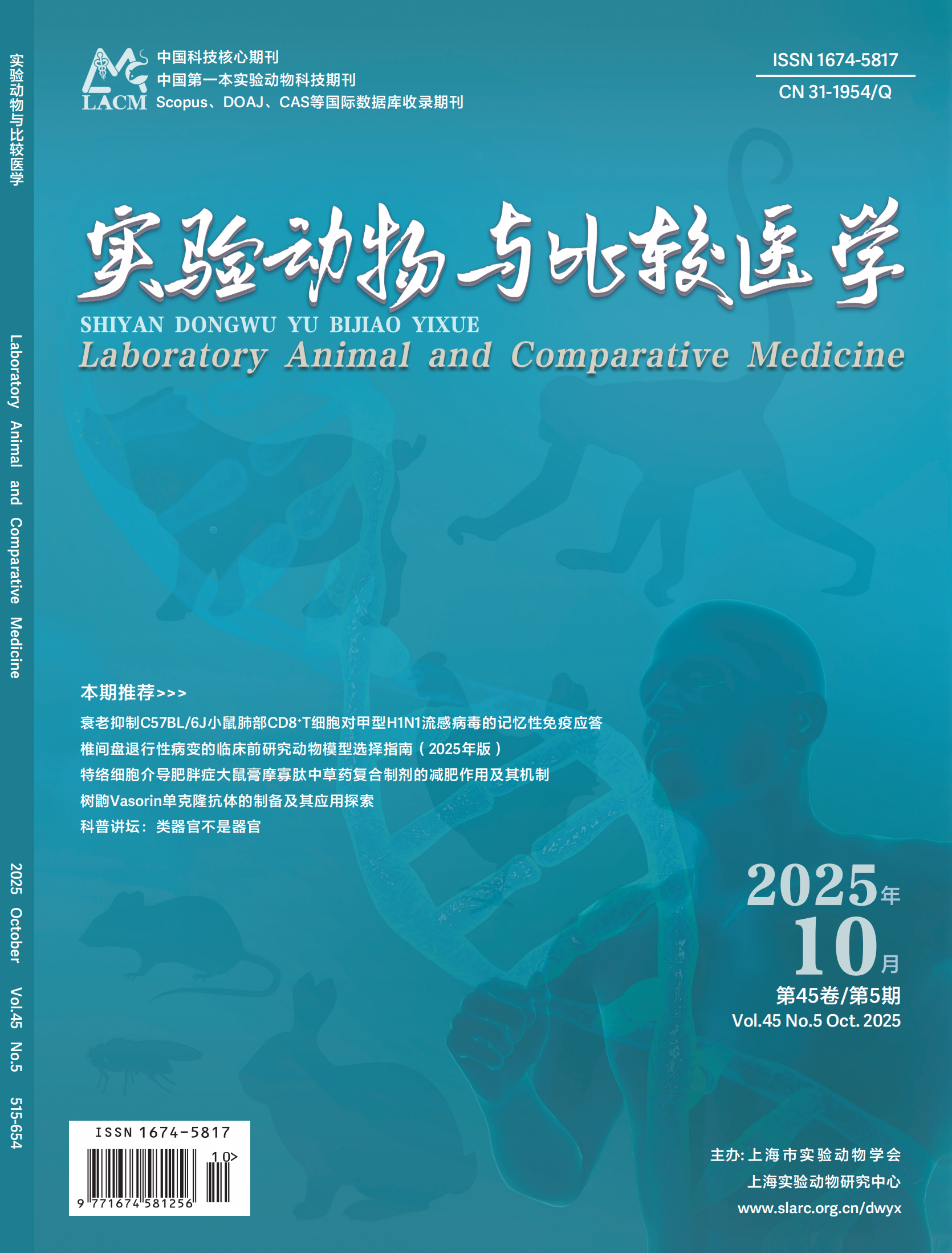Objective To observe the duration of anesthesia in C57BL/6J mice anesthetized using different doses of Zoletil combined with serazine hydrochloride to provide an effective reference for all types of mouse surgery and related experimental design. Methods One hundred C57BL/6J mice (half male and female) were randomly divided into five groups, with 20 mice (half male and female) in each group. The mice in the four groups were intraperitoneally injected with 55 mg/kg Zoletil and 13.75 mg/kg serazine hydrochloride, 65 mg/kg Zoletil and 16.25 mg/kg serazine hydrochloride, 75 mg/kg Zoletil and 18.75 mg/kg serazine hydrochloride, or 85 mg/kg Zoletil and 21.25 mg/kg serazine hydrochloride, respectively. After the righting reflex stopped, one drop (about 20 μL) was injected into each eye, and the mice were placed on a heat preservation pad. Mice in the control group were intraperitoneally injected with 200 μL normal saline. Differences in the anesthesia induction time, maintenance time, and awakening time were observed and compared. The mice were fed for one day after anesthesia; serum was collected, and liver and kidney function indexes such as alanine aminotransferase (ALT), aspartate aminotransferase (AST), and creatinine (CREA) were determined using Hitachi 7080 automatic biochemical analyzer. Results The success rate of anesthesia in C57BL/6J mice treated with Zoletil combined with serazine hydrochloride was 100%. When the anesthetic dose was 55-75 mg/kg, the anesthesia was induced quickly and safely, and the anesthetic effect was good. The duration of anesthesia was proportional to the injection dose of Zoletil (r2 = 0.827 in male mice, r2 =0.841 in female mice, both P < 0.01), and the induction time was inversely proportional to the injection dose (r2 =0.432 in male mice, r2=0.410 in female mice, both P < 0.05). However, there was no significant difference in liver and kidney function between the groups and the control group (P>0.05). Conclusion Anesthetizing C57BL/6J mice with Zoletil combined with serazine hydrochloride is a reliable and stable method, and the duration of anesthesia can be controlled by adjusting the dosage.

